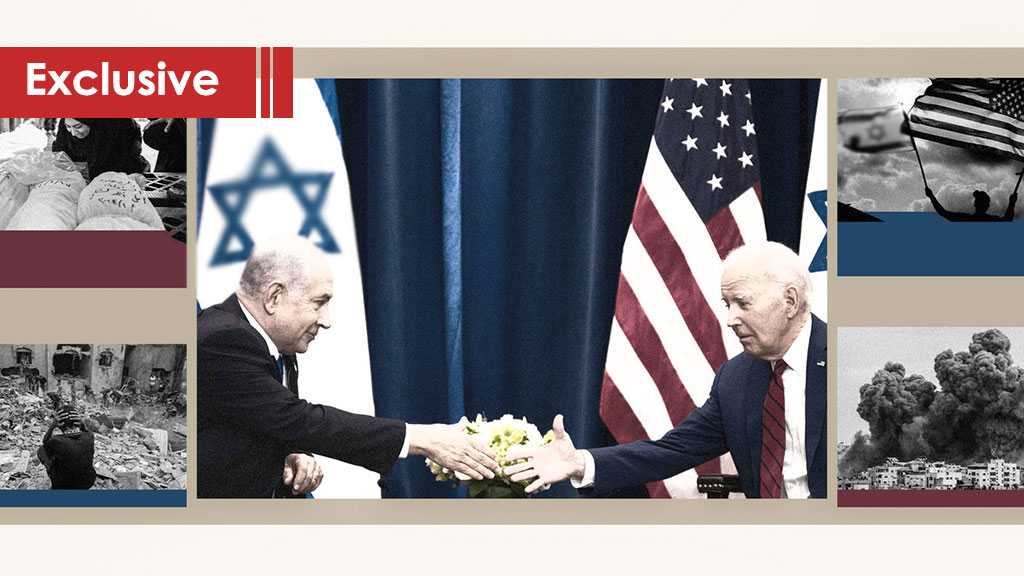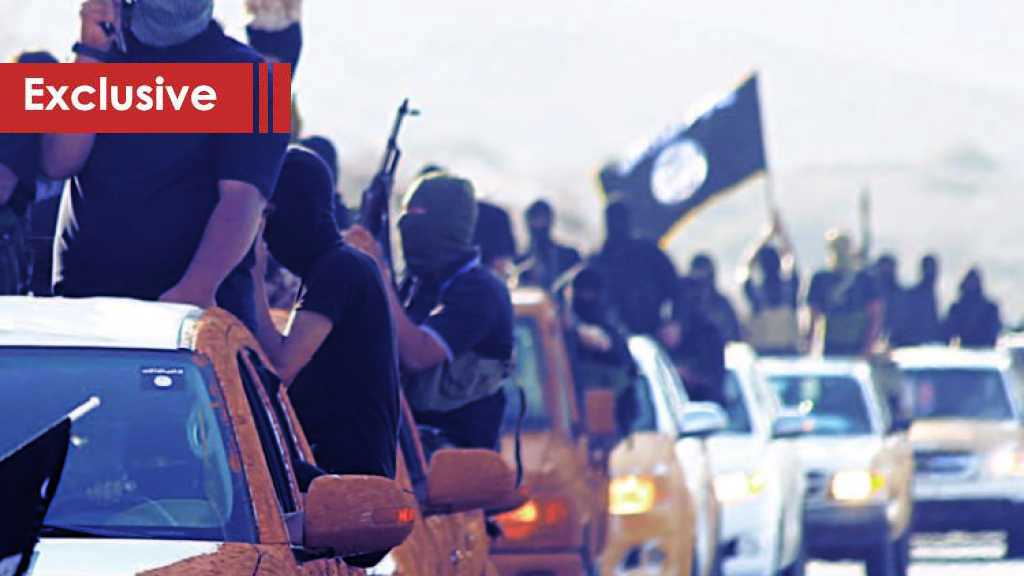
Two ’Nations’, One Path: The Troubling Parallels Between Two Allies

By Mohammad Hamoud
Lebanon – Though founded in different historical contexts, “Israel” and the United States share troubling similarities in their establishment, expansion, and treatment of indigenous populations and minorities. Both nations were built on the land of native peoples through violence, displacement and systemic discrimination. Their actions reflect patterns of human rights abuses that continue to shape global politics.
From Trail of Tears to Nakba: Parallels in Displacement
The United States was established on the lands of Native American tribes, who were forcibly removed through warfare, broken treaties, and policies like the Indian Removal Act of 1830. This led to widespread death and destruction, exemplified by the Trail of Tears. Similarly, “Israel’s” establishment in 1948 displaced hundreds of thousands of Palestinians during the Nakba ["catastrophe”], creating one of the longest-standing refugee crises in modern history.
Both nations justified their expansionist policies through ideological frameworks that emphasized their right to the land. In the US, the concept of "Manifest Destiny" rationalized the displacement of Native Americans, portraying colonizers as agents of progress. “Israel”, similarly, uses the notion of a "Biblical homeland" to legitimize its settlement of Palestinian territories, obscuring the violence and dispossession behind these actions.
Military Aggression and Civilian Casualties
“Israel” and the US also share a history of military interventions that have resulted in significant civilian casualties. US actions in Vietnam, Iraq, and Afghanistan have killed hundreds of thousands of civilians, with tactics like the use of napalm, Agent Orange, and indiscriminate bombings leaving a legacy of destruction and long-term suffering.
“Israel”, too, has engaged in repeated military operations in Gaza, the West Bank and Lebanon, causing widespread civilian deaths and destruction. These military actions, often justified as self-defense, have contributed to humanitarian crises that persist today. Both nations have faced international criticism for targeting civilian areas in their military campaigns.
Disregard for International Law
Both the US and “Israel” have been criticized for their disregard of international law and organizations. The United States has frequently ignored or undermined the United Nations, particularly in its military interventions and unwavering support for “Israel”. For example, the US invasion of Iraq in 2003 proceeded without a clear UN mandate, despite global opposition.
“Israel”, backed by the US, has repeatedly ignored international calls for accountability in its treatment of Palestinians. Despite numerous UN resolutions calling for an end to the occupation of Palestinian territories, and the establishment of a so-called “two-state” solution, “Israel” continues to expand settlements in violation of international law. Both countries have used their military and economic power to block or undermine efforts at the UN that challenge their actions.
Systemic Discrimination Against Non-White Citizens
Systemic racism is deeply rooted in both US and “Israeli” societies. In the US, African Americans, Native Americans and other minority groups have historically faced institutionalized racism, including slavery, segregation and ongoing inequalities in housing, education and the justice system.
In “Israel”, African Jews, 1948-Palestinians and Palestinians under occupation face systemic discrimination in housing, employment, legal rights and access to resources. While 1948-Palestinians are technically “citizens”, they often face unequal treatment, particularly in land ownership and public services.
Militarization and Surveillance
Both nations have heavily militarized societies with extensive surveillance infrastructures, often targeting marginalized communities. Post-9/11 policies in the US have expanded domestic surveillance, especially against Muslim and immigrant communities, raising concerns about civil liberties.
In “Israel”, the surveillance of the Palestinian population is pervasive, particularly in the West Bank and Gaza. Checkpoints, security barriers, and drone surveillance are part of the daily reality for Palestinians, whose movement is constantly monitored and controlled.
Conclusion
The similarities between “Israel” and the United States stem from their shared histories of settler colonialism, military aggression, and systemic discrimination. Both nations were founded on indigenous lands and have justified their actions through ideologies that prioritize national expansion over native rights. Their disregard for international law, involvement in large-scale civilian casualties, and perpetuation of racial inequalities continue to cast a long shadow over their global influence. These practices remain sources of controversy and conflict as both nations maintain their dominant roles on the world stage.
Comments



